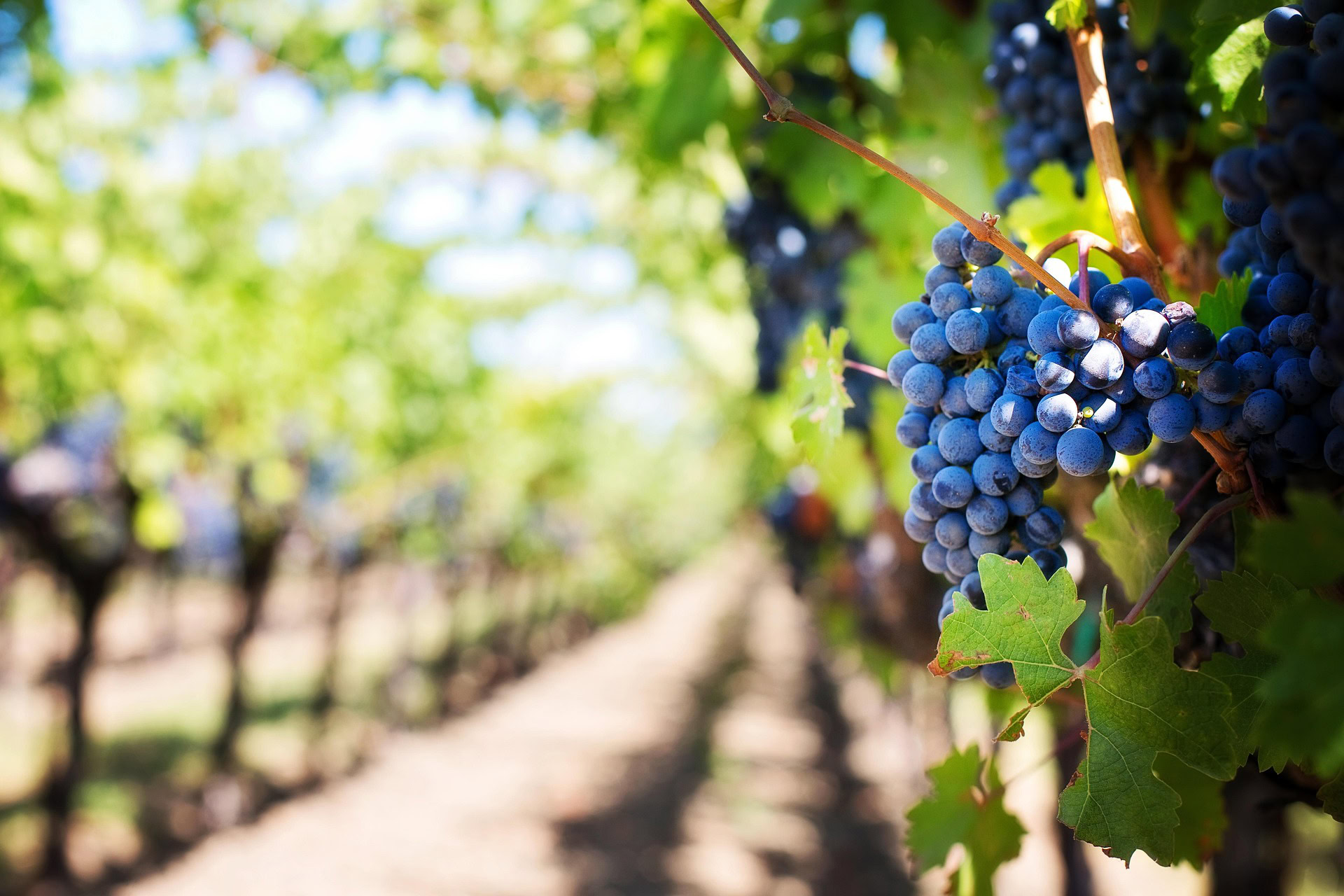Every year, Juneteenth offers us an opportunity to reflect on the history of slavery in America and the long shadow it casts over our society. It’s a day to celebrate freedom, but also to confront the deep complexities of our past. One area of history often overlooked—tucked away in the corners of agricultural and economic records—is wine’s complex role in relation to slavery. I’ve always been fascinated by the stories our food and drink tell, so let’s delve into how wine production fits into this dark chapter of human history.
The Slavery and Agriculture Connection in America
When we think about the role of enslaved people in agriculture, crops like cotton, sugar, and tobacco probably come to mind first. These industries drove the economy of the antebellum South, demanding grueling labor that enslaved Africans and African Americans were forced to provide. But wine, though often left out of the conversation, has its own story within this context.
Vineyards weren’t as widespread or as dominant as cotton plantations. However, where they existed, they were often built and maintained by enslaved labor. This was particularly true in regions like Virginia, the Carolinas, and parts of Texas and California. Early settlers sought to establish European-style winemaking traditions in these areas.
Europeans brought their winemaking techniques to the Americas during the 1600s and 1700s. They had visions of recreating the wines of France, Spain, and Italy on this new land. But the labor-intensive nature of viticulture—planting, pruning, harvesting, fermenting—meant that enslaved people were often the ones doing the backbreaking work that made these dreams possible.
Wine and the Economy of Slavery
Though not a central export in colonial America or the antebellum South, wine played a significant economic role in some regions. Thomas Jefferson, for example, was one of the most famous proponents of American winemaking. He attempted to establish vineyards at Monticello in Virginia and relied on enslaved labor to maintain these vineyards. This was also true for the rest of his plantation.
Enslaved workers were often assigned to the most grueling and tedious tasks in the vineyard. They planted and tended the vines, which required constant care to ensure a fruitful harvest. During harvest season, they gathered grapes under the sweltering sun, then processed them into wine. This labor-intensive endeavor involved crushing grapes, fermenting the juice, and storing it in barrels.
In regions like California, Spanish missions first introduced vineyards. Enslaved Indigenous people were forced to tend vines and produce wine for religious purposes. The Mission grape, one of the earliest cultivated varieties in the Americas, carries with it a history of exploitation that is often overlooked when we talk about the romanticized origins of California’s wine industry.
Wine as a Tool of Oppression and Resistance
Beyond its role as a crop, wine also played a cultural role within the system of slavery. On plantations, wine was often reserved for the enslavers, serving as a symbol of privilege and leisure. Enslaved people were rarely allowed to partake in the fruits of their labor. Instead, they were forced to produce wine that would be consumed at lavish dinners or sold for profit.
However, as with so many aspects of slavery, there was also resistance. In some cases, enslaved workers sabotaged wine production. This included intentionally damaging vines or spoiling batches during fermentation. These small acts of defiance were ways to reclaim a sense of agency in a system designed to strip them of it.
In other instances, wine and spirits became a means of forging community among enslaved people. When they did manage to access alcohol, it was often used in communal gatherings or religious ceremonies. These moments of connection, however brief, offered a reprieve from the brutality of everyday life.
A Legacy Worth Remembering
As Juneteenth approaches, I think it’s important to recognize the many layers of history surrounding slavery. Many of which, don’t always make it into the headlines. The history of wine in America is often told as a story of innovation and triumph, of rugged pioneers and entrepreneurial immigrants. But it’s also a story of exploitation. A reality of enslaved people whose labor built the foundations of an industry that thrives to this day.
Acknowledging this history doesn’t diminish the joy or cultural significance of wine today. Instead, it deepens our understanding of the sacrifices and injustices that underpin so much of what we enjoy. It reminds us that even something as seemingly simple as a glass of wine carries with it the weight of history.
Moving Forward
Juneteenth is a time for celebration, but it’s also a time for learning. Yes, let’s always honor the resilience of those who fought for freedom. Moreover, we can also take steps to ensure that the full scope of our history is remembered. There are countless ways to engage. You can support Black-owned wineries, or learn more about slavery in agriculture. Additionally, simply reflecting on the stories behind the things we consume is an excellent option. Learning about the role of wine in slavery is a humbling reminder of how interconnected our past and present really are.
Image credit: Pixabay/Jill Wellington





